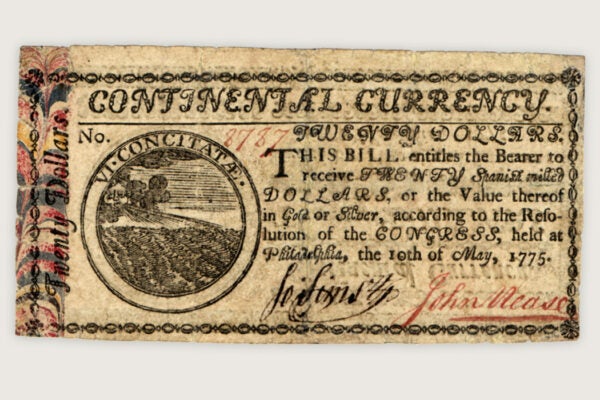MSNBC recently signaled that it was moving away from the liberal-leaning shows it’s become known for and toward more straight news reporting. Writing in The Atlantic, Megan Garber suggests that claiming to provide unbiased reporting could be a good move: “Consumers, in general, don’t like to think of themselves as partisan; it’s almost always good PR for a news organization to frame itself as the sane alternative to wingnuttery, whatever the wing may be.”
But actually offering reporting that tries to play things straight down the middle isn’t necessarily a winning move, as a 2005 paper about bias in newspapers by economists Sendhil Mullainathan and Andrei Shleifer explains.
Traditionally, the authors write, economists explain the consumer demand for news as a need for information. Under this model, a competitive market would push the media to deliver more and more accurate information.
But psychologists have found that people prefer to consume news that confirms their existing biases. If that’s the case, and if the potential audience in a news market is split ideologically, Mullainathan and Shleifer find that it makes sense for two newspapers to position themselves on different sides, choosing which facts to include and which to ignore to suit their readership bases. In fact it’s in the papers’ interests to offer reporting that’s actually more biased than their readers’ positions because that helps create two separate, defined markets, reducing their need to compete against each other. This strong bias, in turn, may affect the readers’ ideological positions, further polarizing the audience.
“When competitors can create or reinforce differences of opinion, they will do so in order to divide the market and reap higher profits,” the authors write. “There will be no convergence in reporting to the median reader.”
On a more positive note, Mullainathan and Shleifer write that, in this polarized media world, a conscientious news consumer can read both papers to pull together a less biased understanding of the news. In contrast, if almost everyone in an audience is biased in one direction, both papers will tend to offer the same slant. That means they’ll compete more, driving prices down, but it also means that even the most earnest truth-seeker won’t be able to find all the relevant facts on an issue.
This paper doesn’t delve into the tricky question of what it means for news to be objective, or if that’s even possible. But if we assume that all the cable news channels have their own kinds of bias, it does suggest that being able to flip between ideologically distinct stations might create better-informed viewers.







